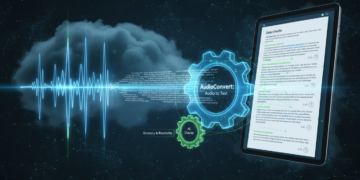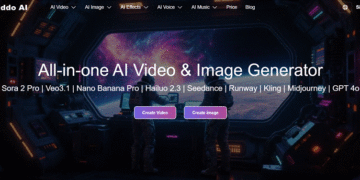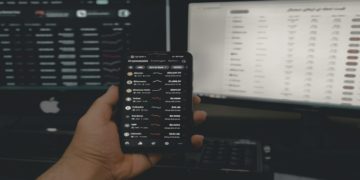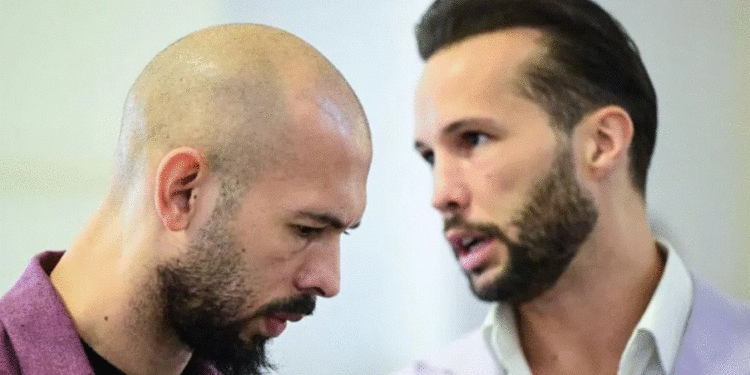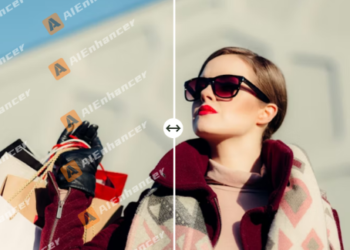In an age controlled by likes, shares, and algorithms, social media has birthed countless influencers– but few have stirred as much global discussion as Andrew Tate. When known only to the battle sports community as a four-time world kickboxing champ, Tate rose to around the world infamy (and fame) through unfiltered online commentary, ultra-luxury way of life material, and his unapologetic views on society, wealth, and masculinity.
Love him or loathe him, Andrew Tate is a case research study in how to hack the social media matrix– and turn virality into an empire. Let’s explore the important function platforms like TikTok, YouTube, Twitter, and Telegram played in Tate’s meteoric rise, and how all of it ties into his multi-million dollar brand, The Real World.
From the Ring to the Screen: The Origins of the Tate Persona
Andrew Tate’s online journey began long before his TikTok dominance. After retiring from professional kickboxing, he pivoted into entrepreneurship, webcam services, and eventually online coaching, sharing his views on success, gender roles, discipline, and the “matrix” he thinks contemporary males are trapped in.
For several years, Tate posted on Twitter and YouTube, acquiring moderate traction with his bold claims, fancy automobiles, and blunt life guidance. It wasn’t till TikTok’s virality model took off that he really went mainstream.
The TikTok Takeover: Viral Clips & Guerrilla Marketing
What set Tate apart was a tactical social networks circulation model. Rather than relying on a single account, Tate motivated (and incentivized) thousands of fans and affiliates to repost his content across TikTok, Instagram Reels, and YouTube Shorts. The outcome?
- Andrew Tate clips flooded timelines in 2021 and 2022.
- The hashtag #AndrewTate acquired billions of views.
- Even individuals who had never become aware of him were unexpectedly seeing him everywhere.
His viral soundbites– ranging from inspirational to questionable– were algorithm gold. Whether people agreed with him or not, they watched, engaged, and shared. Controversy became his marketing weapon.
Bans and Backlash: Getting Canceled Made Him Bigger
In mid-2022, Tate was prohibited from Instagram, Facebook, YouTube, and TikTok for breaching content policies. Mainstream media declared his online influence “hazardous.”.
- Rather than ending his career, the restriction supercharged his image.
- His followers saw it as “proof” that he was informing realities others feared.
- He pivoted to decentralized platforms like Telegram, Rumble, and Twitter (X).
- His content was reposted much more by fans declaring censorship.
In the end, social networks didn’t silence Tate– it decentralized him, making him even harder to stop.
The Real World: Monetizing Virality.
Where most influencers stop at sponsorships and merch, Tate built a digital kingdom: The Real World.
This is where the genius of his social media method shines. While clips of him went viral throughout platforms, every one led audiences back to a call to action:.
- Sign Up With The Real World. Escape the Matrix. Learn genuine skills.
What Is The Real World?
Released after the shutdown of his first academic platform (Hustlers University), The Real World is a subscription-based online neighborhood created to teach useful, high-income abilities. For $49/month, members get access to:.
- Courses in e-commerce, copywriting, freelancing, crypto, AI, and investing.
- Mentorship from validated millionaires.
- Daily tasks and live training sessions.
- An unique mobile app and personal network.
The Real World now boasts hundreds of countless paying members from over 100 countries. And much of that development is thanks to Tate’s omnipresence on social networks.
Why Social Media Worked for Tate?
Tate’s social media rise wasn’t unintentional. It was crafted. Here’s why it worked:.
✅ Controversy = Clicks.
Tate’s sound bites were polarizing but punchy. In a world of echo chambers, he stuck out. Whether you agreed with him or disliked him, you clicked– and that’s all the algorithm required.
✅ Decentralized Content Strategy.
He didn’t rely on one platform. He empowered followers to construct Tate-themed accounts, making his brand resistant to bans and censorship.
✅ Clear Funnel to a Paid Offer.
Many influencers go viral and stop there. Tate directed traffic towards The Real World, a scalable item that converts attention into income.
✅ Lifestyle as Content.
From Bugattis and customized suits to clips of him smoking cigars in private jets, his content sells an aspirational lifestyle– one lots of young men desire.
The Role of Affiliates in the Rise of The Real World
A core piece of Tate’s online method is affiliate marketing. Inside The Real World, members are trained to promote the platform itself. In exchange, they make commissions for every single signup.
This affiliate army is directly responsible for:.
- Publishing unlimited clips of Tate throughout every platform.
- Commenting and engaging to increase visibility.
- Producing a feedback loop of content and conversions.
It’s a viral development engine camouflaged as education, and it worked much better than most business marketing projects ever could.
Criticism and Cultural Impact
In spite of (or because of) his social networks dominance, Tate has become one of the most slammed guys online. He’s been implicated:.
- Promoting toxic masculinity.
- Spreading misinformation.
- Encouraging pyramid-like organization designs.
Yet, others view him as a countercultural voice– someone ready to challenge political correctness, inspire discipline, and offer boys direction in a society that often ignores them.
Despite where you stand, his social media presence triggered worldwide conversations on gender, wealth, masculinity, and censorship.
Where Is He Now? Social Media in 2025
As of 2025, Andrew Tate continues to utilize:.
- X (previously Twitter) as his main individual outlet.
- Telegram for uncensored communication with fans.
- YouTube (via fan channels) for passive exposure.
- Rumble and Kick for long-form video content.
- Instagram and TikTok by means of proxy fan accounts.
The Real World Login continues to flourish, funneling thousands of new users every month– still powered by the viral material device Tate engineered years earlier.
Last Thoughts: The Blueprint of Digital Influence
Andrew Tate didn’t simply use social media. He weaponized it. He turned it into a megaphone, a marketing maker, and a business funnel all in one. Whether you see him as a mentor or hazard, his strategy offers important lessons for anyone constructing a personal brand in the 2020s:.
- Be bold.
- Be shareable.
- Have something to offer.
- Let others enhance your message.
And perhaps most importantly: build a motion, not just a following.
Through social media, Andrew Tate didn’t just get abundant– he ended up being a cultural phenomenon. And The Real World was his supreme power play.
What set Tate apart was a tactical social media circulation design. Instead of relying on a single account, Tate motivated (and incentivized) thousands of affiliates and fans to repost his content throughout TikTok, Instagram Reels, and YouTube Shorts. Tate’s social media increase wasn’t unintentional. A core piece of Tate’s online method is affiliate marketing. Andrew Tate didn’t just use social media.






